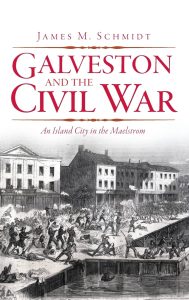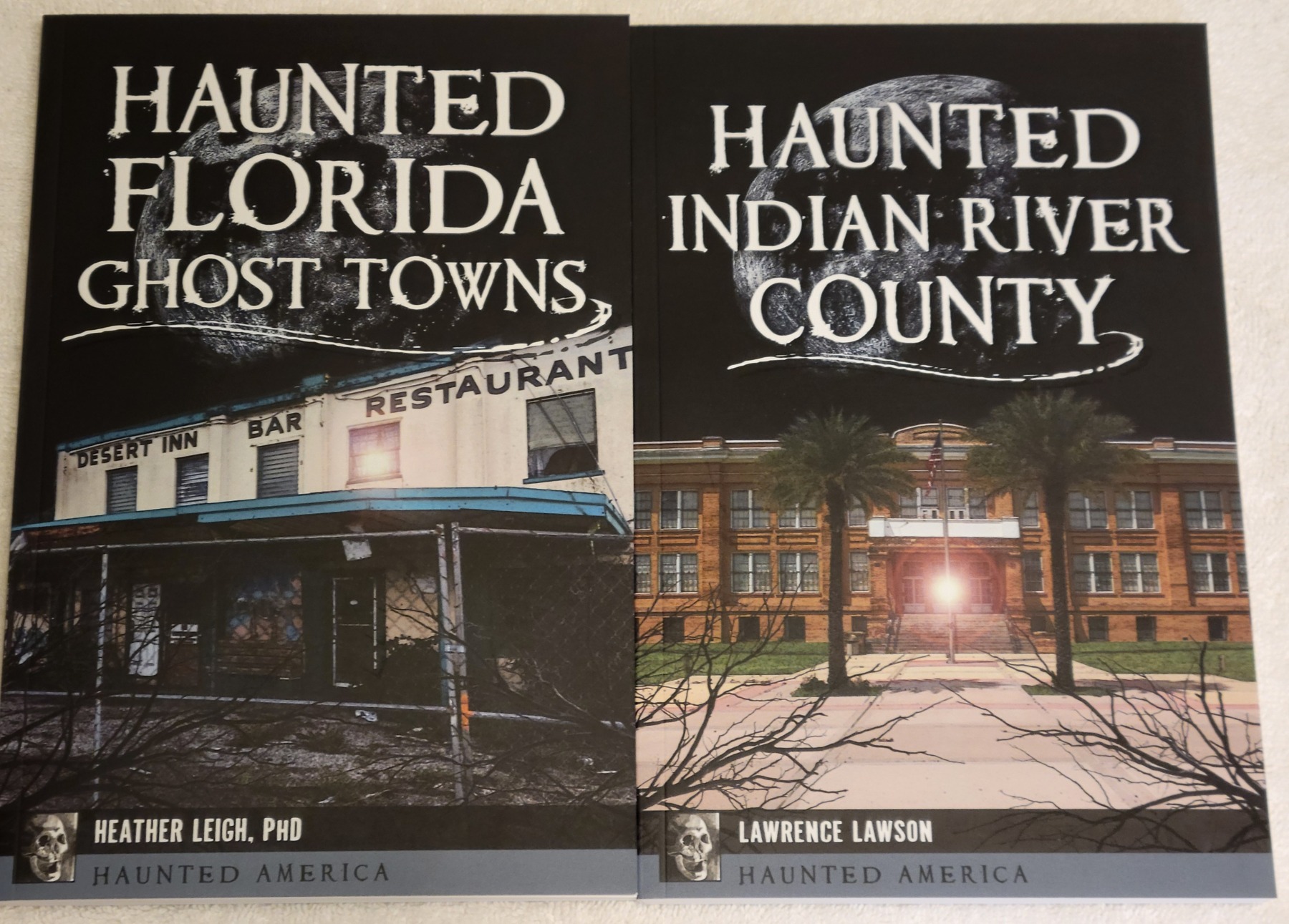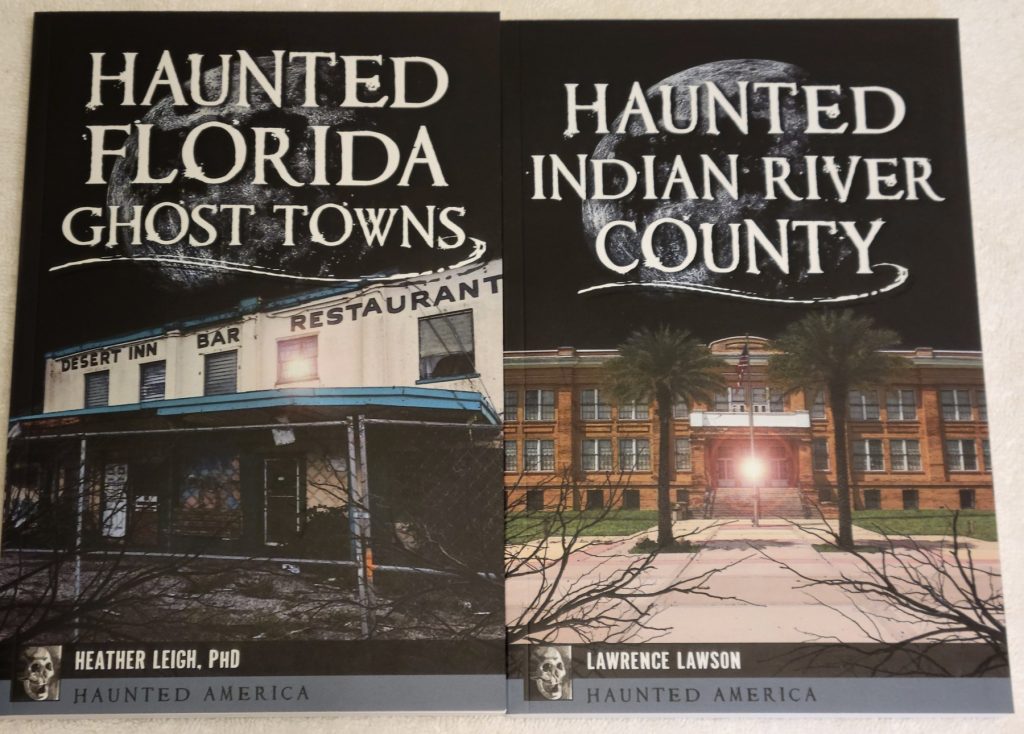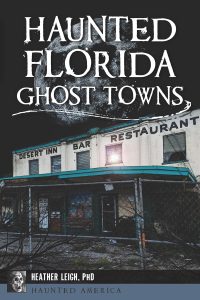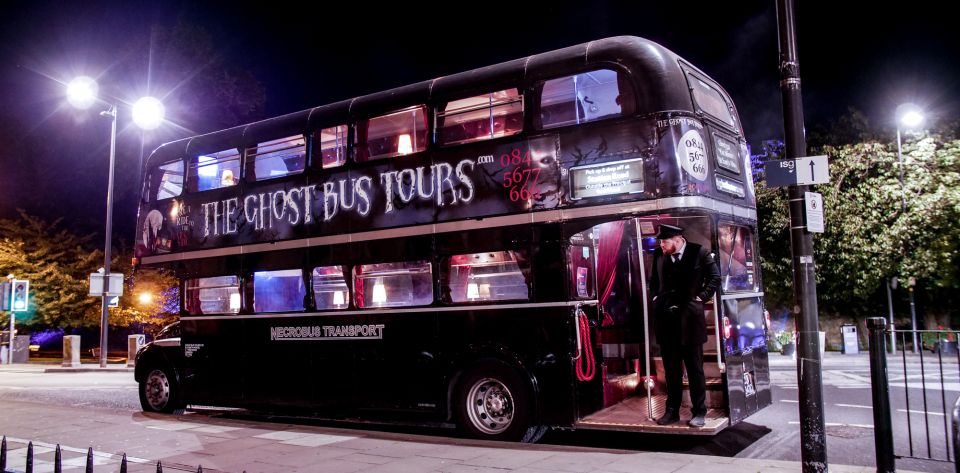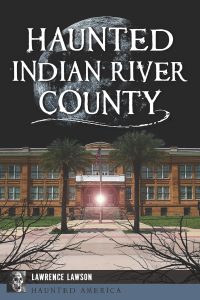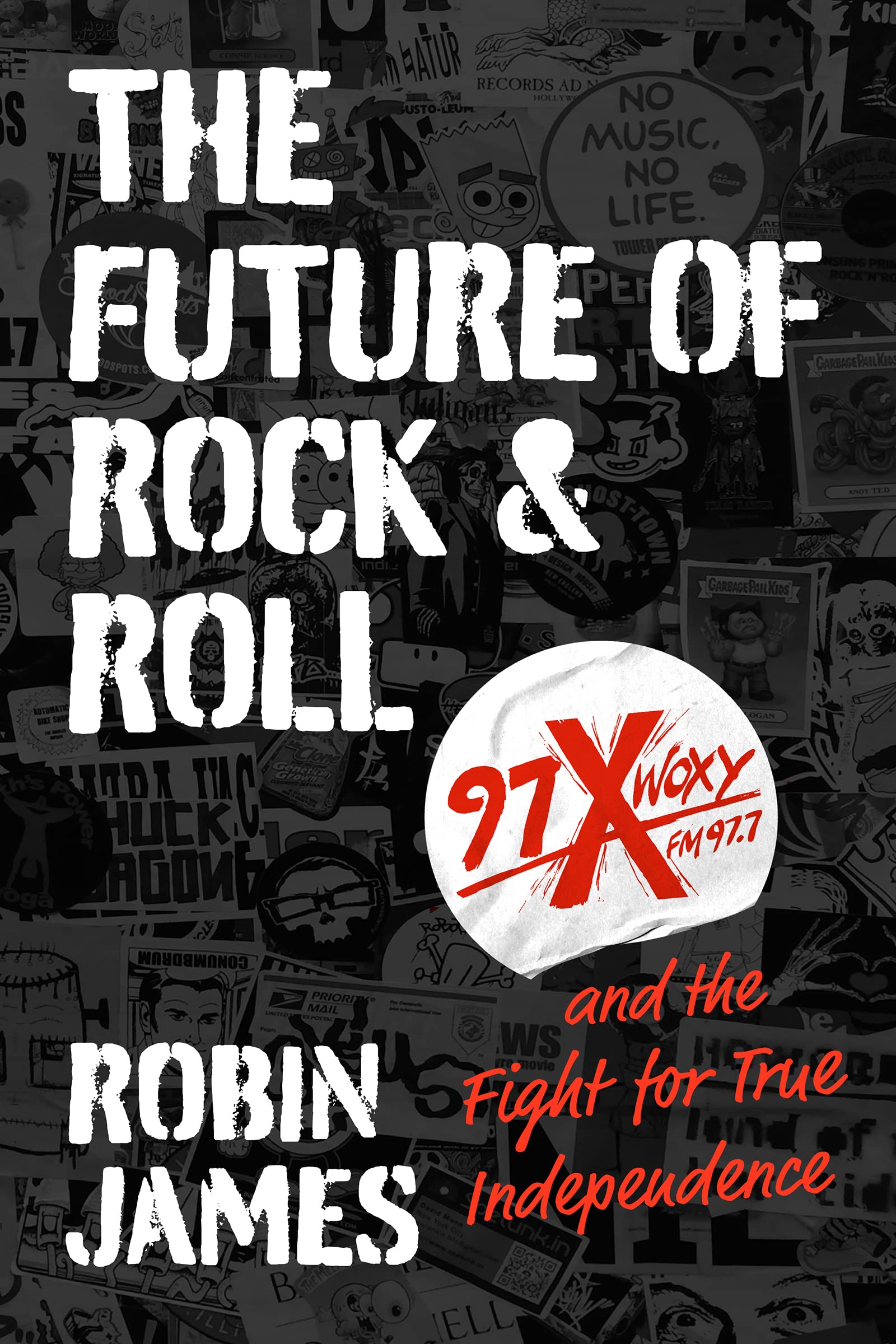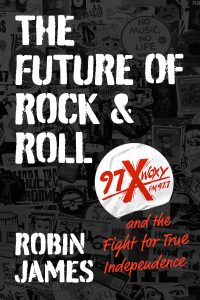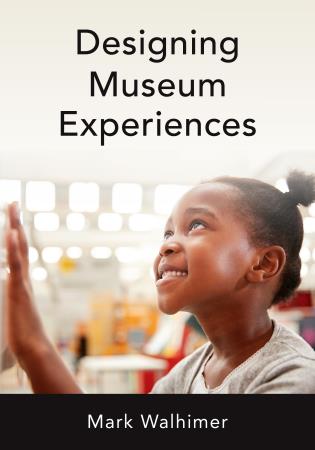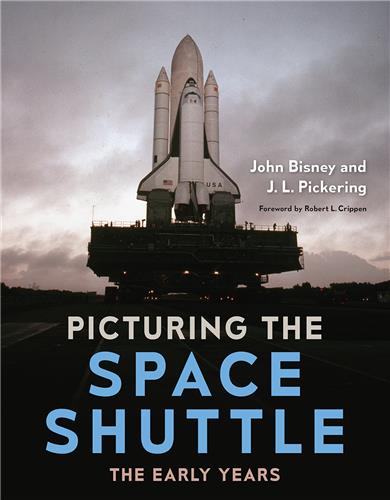Texas Coastal Defense in the Civil War Book Release
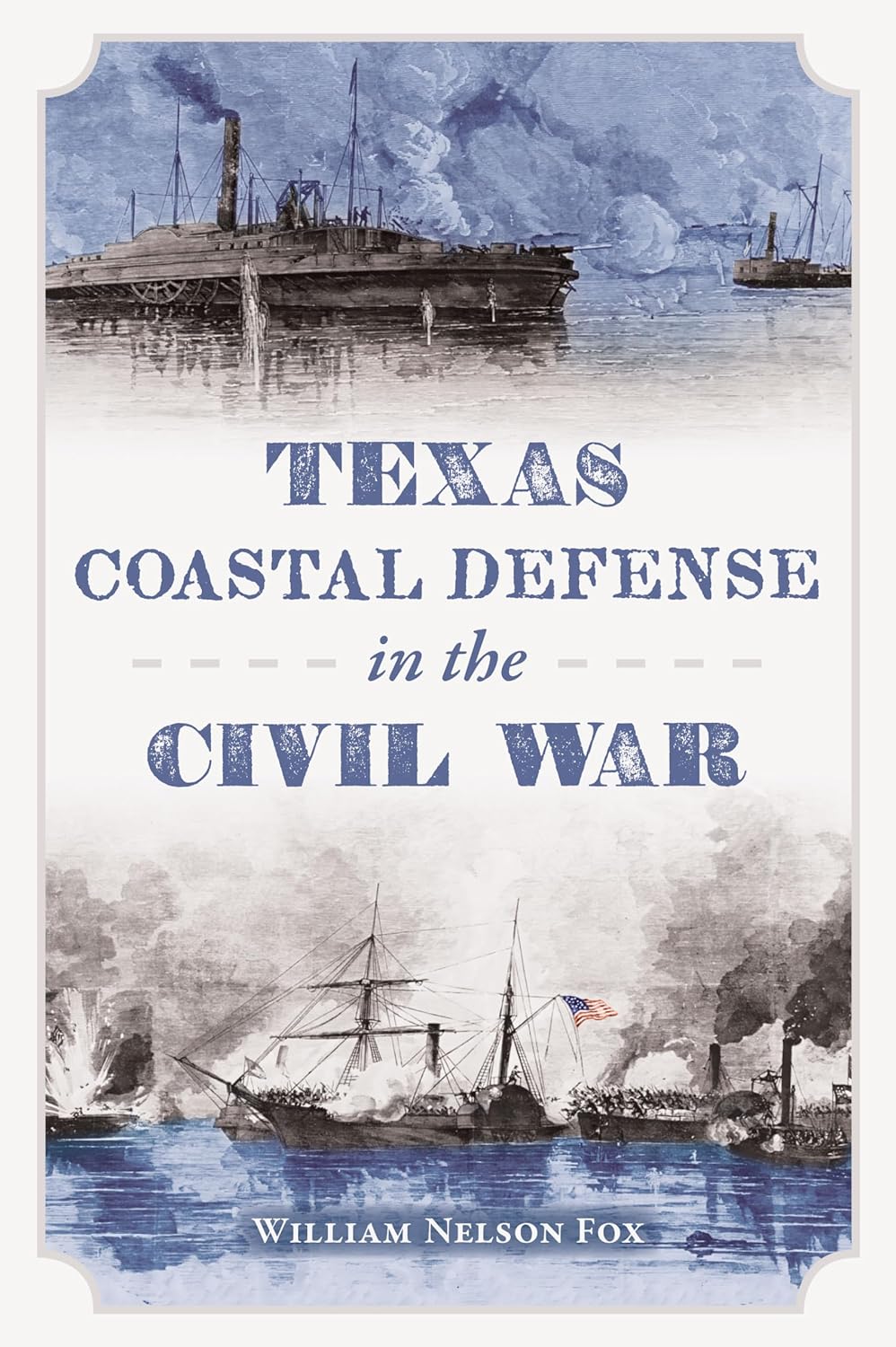
Arcadia Publishing New Release
Arcadia Publishing continues their role of releasing geographically specific works of history with their new book release Texas Coastal Defense in the Civil War written by William Nelson Fox.
 From the publisher
From the publisher
Navigate the often-overlooked history of the resolute defense of the Texas coast during the Civil War.
With volumes written on the Civil War, little attention has been given to the defense of the Texas coast. Most military-aged Texans had been dispatched across the Mississippi, but those left behind resolutely weathered naval bombardments and repulsed invasion attempts. It was only at the end of the conflict that Federal troops were able to make their way into South Texas, as the Confederacy prepared its last stand at Caney Creek and the Brazos River. From famous battles to obscure skirmishes, William Nelson Fox provides an account of the Lone Star State’s defensive strategies during the Civil War.
159 pages. Bibliography, index, notes, b/w photos. ISBN 9781467155618. Cover price $24.99.
Thank you to Arcadia Publishing for providing a complimentary review copy of this book. A review will be forthcoming.
Thank you for reading my post announcing Texas Coastal Defense in the Civil War. This new book release from Arcadia Publishing will add to the growing literature on the role of Texas and naval affairs during the Civil War years. Read my reviews of other Arcadia Publishing titles using THIS LINK.

This post may contain affiliate links including Amazon.com. As an Amazon Associate, I earn from qualifying purchases. If you click these links and make a purchase, I may receive a small commission. This commission does not affect any price that you pay. Affiliate programs or sponsors providing products do not influence views and opinions provided in my blog.
